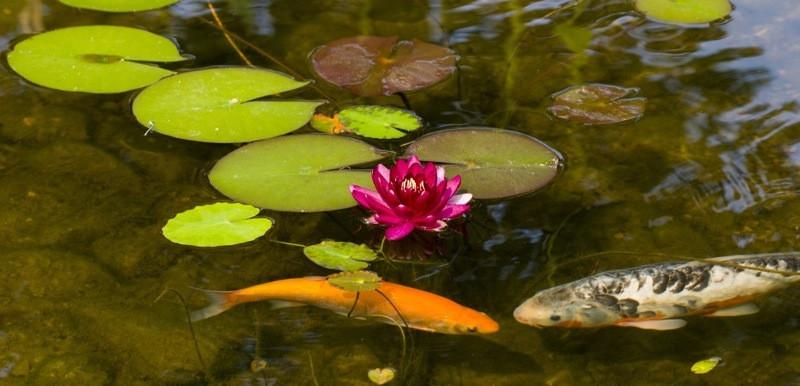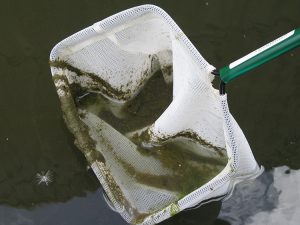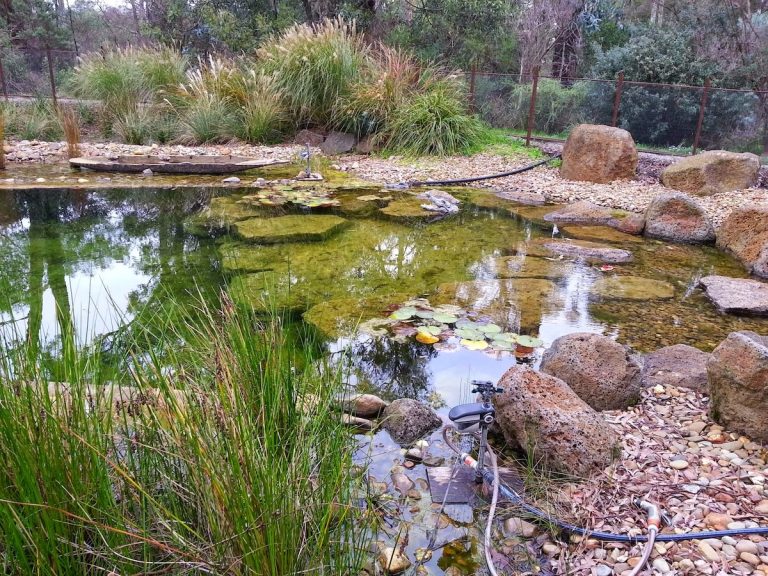What is sludge made of?
Sludge has got to be one of the most icky and problematic things every pond owner may face when the pond is not properly equipped to deal with it. Today we let you into our secret for controlling and reducing sludge.
The environment within and around your pond determines what is in the sludge. Sludge is generally made up of water (70%) and the rest is all the other materials that end up in your pond like dead bacteria, algae akinetes, aquatic weed seeds, decomposing leaves and more. It is bascially a big, ugly nutrient storage mass of exces
Sludge is a storage vessel for nutrients and when the conditions are right for the algae and/or aquatic weed, the sludge is there to promote their growth.
The sludge accumulates over time if not treated early on. The thick layers mean that oxygen is not able to reach down through to the bottom of the pond and this gradually turns the water anaerobic (free of oxygen). The bacteria that live in conditions where there is no oxygen have a terrible smell and this is often why many ponds become stinky. It is very important not to let your pond get to this stage. The thicker the sludge layer, the harder and more expensive they become to treat.
Many people usually think of scooping out the sludge layers – or in worst case scenarios, dredge the entire waterbody. These methods can be very expensive and do not treat the underlying problem. The sludge will come back very quickly and the cycle will continue.
Controlling Sludge
The answer for reducing sludge and therefore having better control over aquatic weed and algae is to ensure the environmental conditions are perfect for aerobic bacteria. Aerobic bacteria are the fun-loving cousins of the anaerobic bacteria we touched on earlier. Aerobic bacteria LOVES to eat sludge and when they have enough oxygen available to them it’s like Christmas Day everyday!
You may be wondering how to tell if your pond is lacking oxygen. Basically, if you have sludge, aquatic weed or algae you need more oxygen, friend! Contact us today to find out what our recommendations are for aerating YOUR pond.
Most of our bacterial treatments are applied on a regular, ongoing basis with a prescribed dosage rate. Different bacterial treatments are targeted toward specific waterbodies and how they are used so do your research and find out what will work best for you.
Break the cycle of sludge accumulation leading to crazy algae and aquatic weed growth, take control and put your faith in our natural and environmentally conscious methods for keeping ponds beautiful inside and out.





